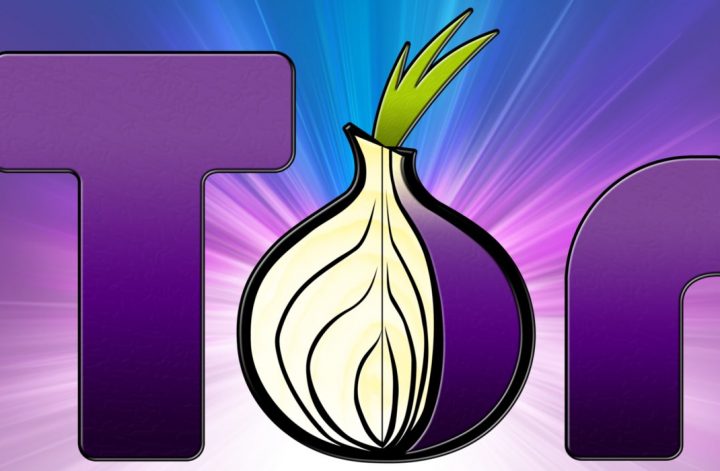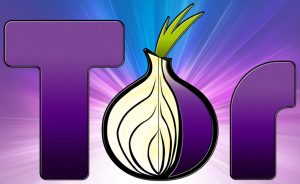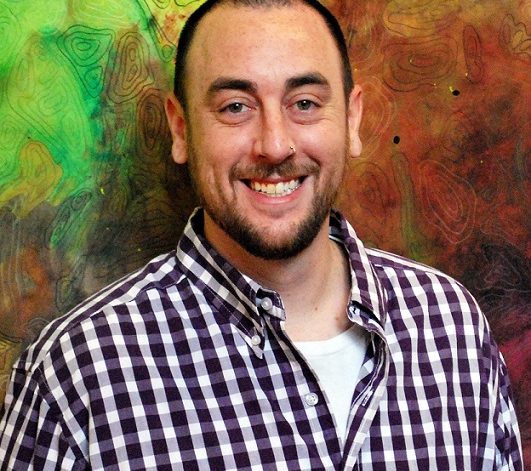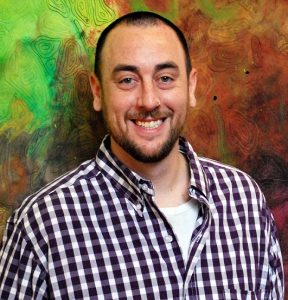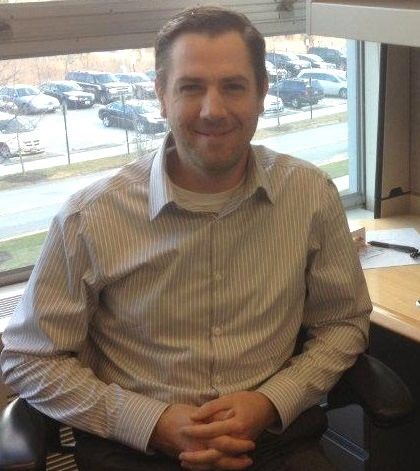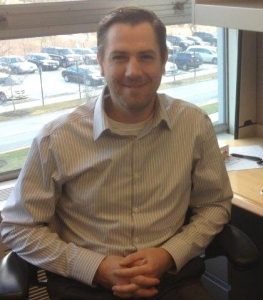To celebrate Kits and Cats Day, SONIC Lab welcomed 14 inquisitive sophomores from Evanston Township High School to test their social network knowledge using our 6DOS dashboard. Spoiler alert, teenagers are pretty good at disseminating information! To read more about the 6DOS project in the context of the Gates Project, click here. To find out more about opportunities to get your team involved with high school outreach, check out the Office of STEM Education Partnerships here, https://osep.northwestern.edu/
OpenStreetMap Responds in Nepal
OpenStreetMap is an open-sourced mapping website, which is a website where anyone, anywhere can edit and add infrastructure, stores, traffic jams, and more. These different map layers can be taken off and on by an individual user depending on what they are looking for.
The article is specifically about the website in relation to humanitarian efforts like in Nepal. Mappers and volunteers can go onto OpenStreetMap and and use satellite images as well as previous information collected to identify helicopter landing zones, residential areas, and if the highway network is still intact. With this information, aid workers can the go into the area of crisis and more effectively and efficiently help those in need.
Link to the Full Article: http://opensource.com/life/15/5/nepal-earthquake-hfoss
Polo Chau’s Talk is Now Live
October 7th, 2015, Polo Chau visited Northwestern University’s SONIC Lab to give a talk on Data Mining Meets HCI: Scalable Interactive Tools for Large Graph Sensemaking.
Polo’s recorded presentation can be found by visiting our Youtube Page or by visiting Polo’s Page on our SONIC Speaker Series.
The Network Man
Letter from Silicon Valley about LinkedIn’s the founder and executive chairman, Reid Hoffman. In 2003, Hoffman and Mark Pincus, the founder and chief executive of the gaming site Zynga, bought the Six Degrees patent, a methodology for constructing social networks. When he started LinkedIn, “the most popular social-networking sites, like Friendster and MySpace, didn’t focus on business; and the most popular employment sites, like Monster.com, didn’t focus on social networks.”
LinkedIn currently has more than three hundred and eighty million members, and it is working on creating “the economic graph, which would track all employment activity in the world, for the 3.3 billion people who work, with LinkedIn as the platform”.
The full article can be found here.
The 10 New MacArthur Genius Scientists Are All Connected
WIRED correspondent Nick Stockton claims that all 10 scientists receiving a 2015 MacArthur Genius Grant have one important unifying trait: network thinking. Thought the MacArthur Foundation claims to have no systematic bias beyond “exceptional creativity”, Stockton argues that, from policy to programming, each recipient’s work demonstrates “how individual parts affect a whole system, or how a network affects its nodes”, claiming “that’s where most of the big work in science is headed. You think some lone genius is going to figure global climate change?…These days, scientists make their discoveries in context, not in isolation.” To read more about this year’s recipients in science and beyond, visit:
https://www.macfound.org/fellows/class/2015/
WIRED Article: http://www.wired.com/2015/09/10-new-macarthur-genius-scientists-connected/
Ludo Waltman’s Talk is Now Live on Youtube
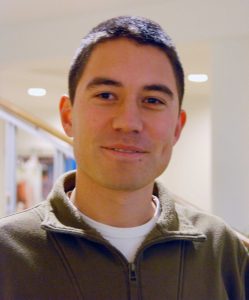 On September 9th, 2015, Ludo Waltman visited Northwestern University’s SONIC Lab to give a talk on Large-scale analysis of bilbliometric networks: Tools, techniques, and applications. Ludo’s full abstract, as well as the presentation, can be seen below.
On September 9th, 2015, Ludo Waltman visited Northwestern University’s SONIC Lab to give a talk on Large-scale analysis of bilbliometric networks: Tools, techniques, and applications. Ludo’s full abstract, as well as the presentation, can be seen below.
Large-scale analysis of bibliometric networks: Tools, techniques, and applications
Abstract
The analysis of bibliometric networks has the potential to offer deep insights into the structure and dynamics of science. I will provide an overview of research into bibliometric network analysis at the Centre for Science and Technology Studies (CWTS) of Leiden University. Two popular software tools for the analysis and visualization of bibliometric networks have been created at CWTS. These tools, VOSviewer (www.vosviewer.com) and CitNetExplorer (www.citnetexplorer.nl), will be demonstrated and the underlying network analysis techniques will be discussed. A number of large-scale applications of bibliometric network analysis will be presented. One application investigates the degree to which network science is evolving to become a single unified research field. Other applications are concerned with research planning and research evaluation. In these applications, bibliometric network analysis is used to identify the key research strengths of a university, to study the interdisciplinary nature of modern science, and to detect new emerging research areas.
Alina Lungeanu Successfully Defends Dissertation: Assembly Mechanisms of Interdisciplinary Scientific Teams and Their Impact on Performance
Alina Lungeanu successfully defended her dissertation proposal titled “Assembly Mechanisms of Interdisciplinary Scientific Teams and Their Impact on Performance” on September 7th, 2015. The committee it was presented to included Noshir Contractor (chair), Darren Gergle, Brian Uzzi, Uri Wilensky, and Teresa Woodruff. Alina is currently a Research Associate at the Population Research Institute, The Pennsylvania State University. Congratulations Alina!
Mapping How Tor’s Anonymity Network Spreads Around the World
The Onion Router or “Tor” Network is a free web browser that allows for seemingly anonymous communication across the web. It does this by directing one’s traffic through numerous relays (nodes) all over the world, making it difficult to pinpoint the original user. Originally developed by the U.S. Naval Research Laboratory and DARPA to protect U.S. intelligence communications, the Tor browser allows access to the “deep web” which often serves as a black market for all sorts of illegal activity, such as drug trafficking, arms dealing and child pornography.
Perhaps ironically, The Tor Project continues to receive the majority of its funding from the U.S. government and other large federal agencies, such as the National Science Foundation. This begs the question of Tor’s real purpose. Is it truly an avenue for “aiding democracy in authoritarian states” or is it just another form of government surveillance?
The answer to this question may lie in the network itself. To understand The Onion Router on a deeper level, we can begin by viewing real time maps of the Tor Networkand eventually mapping the exit nodes.
The SONIC Speaker Series: Ryan Boyd on Nov. 18th, 2015
SONIC Lab is proud to welcome Ryan Boyd, who will present a talk on Wednesday, November 18th, 2015 at 10:00 AM in the SONIC Lab in the Frances Searle Building 1-459. All are welcome to attend.
To schedule a one-on-one meeting with Ryan Boyd please schedule a time here.
Title
A Way with Words: Language and Psychological Science in the Modern Era
Abstract
In the modern era, people generate data on a scale never before witnessed in human history. In particular, the internet creates a space where people can express their thoughts, feelings, and behaviors in their own words. The language that people share inherently reflects the precise phenomena that many social scientists seek to capture and understand. However, language data can often be difficult to quantify and understand in objective, empirical terms. How can we use a person’s language to better understand their social and psychological processes? This talk provides an overview of research that illustrates just how powerful words can be for understanding a person’s mental universe. Research discussed will include topics such as psychological fingerprinting, values, mental health, and often-overlooked social processes.
Biography
Ryan Boyd is a senior graduate student in the Department of Psychology at the University of Texas at Austin. Ryan is considered to be a leading expert on natural language, big data, and social psychology. Additionally, he is the developer of various language analysis applications that have been adopted for research in over 30 countries around the world. His work has been published in top psychology journals, including Psychological Science, and has been repeatedly featured at interdisciplinary research conferences.
Please contact Meghan McCarter with any questions or comments.
The SONIC Speaker Series: Christopher Marcum on Nov. 4th, 2015
SONIC Lab is proud to welcome Christopher Marcum, who will present a talk on Wednesday, November 4th, 2015 at 4:00 PM in the SONIC Lab in the Frances Searle Building 1-459. All are welcome to attend.
To schedule a one-on-one meeting with Dr. Marcum please schedule a time here.
Title
An Ego-Centric Relational Events Model of Buffet Selection Processes in an Experimental Virtual Reality Setting
Abstract
The relational events model (REM) framework for social action (Butts 2008) has recently been demonstrated to be useful as a model of a wide range of temporally unfolding events and not just limited to the dyadic case as originally designed. The framework has shown promise, for example, in modeling ego-centric studies, as well as event histories that involve multiple event types and exogenous events (Marcum & Butts 2015). Additionally, recent work has demonstrated how careful use of support constraints within the REM framework facilitates its application in experimental designs (Tranmer et al. 2015). We extend this line of research by combining these various generalized applications of the REM in a single scenario—ego-centric event histories with multiple event types and support constraints in an experimental design.
Two hundred twenty-one overweight mothers of children between 4 and 5 were randomized to one of four feedback conditions that emphasized different health information about eating and health: 1) food safety control (Control); 2) behavioral-risk information; or 3), behavioral-risk information plus personal family health history-based risk assessment. After a short survey was administered to the participants and they were given their randomly selected feedback to read, each mother put on a head-mounted display helmet and was immersed in a virtual buffet environment. In the buffet, mothers selected from a set of virtual food and drink choices for their child’s lunch. Prior work (McBride et al. 2013) has shown that the feedback conditions deferentially impacted the total number of calories on the plate at the end of the simulation. Here, however, we evaluate whether the behavioral food selection process giving rise to those choices also differs by feedback condition.
We use the REM framework to address a simple research question: 1) to what extent do the feedback conditions shape the behavioral process unfolding during the buffet simulation? We specify sufficient statistics for both environmental and behavioral constraints on the buffet selection process. These include structural statistics for the food ordering effects and differential serving sizes, and behavioral statistics for choice inertia, “saving dessert for last” and “grazing versus browsing.” Preliminary REM results show evidence of differential preferences for the rate at which certain foodstuffs are selected, that smaller portion size drives actors to make multiple selections of the same foodstuff in a row, healthful choices are likely to precede unhealthful ones, and spatial ordering effects. Differential impacts of the feedback condition on the behavioral selection process will be discussed in the context of REM model selection.
Biography
Dr. Marcum received his Ph.D. in sociology from the University of California-Irvine in 2011. His dissertation research focused on health and social structural explanations of age differences in daily social interactions. His current research seeks to understand how health shapes family network processes across the life course, on the one hand, and to develop statistical models for network analysis on the other. Through his methodological work in mathematical sociology he has demonstrated expertise in modeling a wide range of social systems, including: interorganizational disaster response networks, relational events processes, epidemic dynamics, and inter-generational communication.
A recording of Christopher Marcum’s Presentation can be found here, or can be viewed below!



